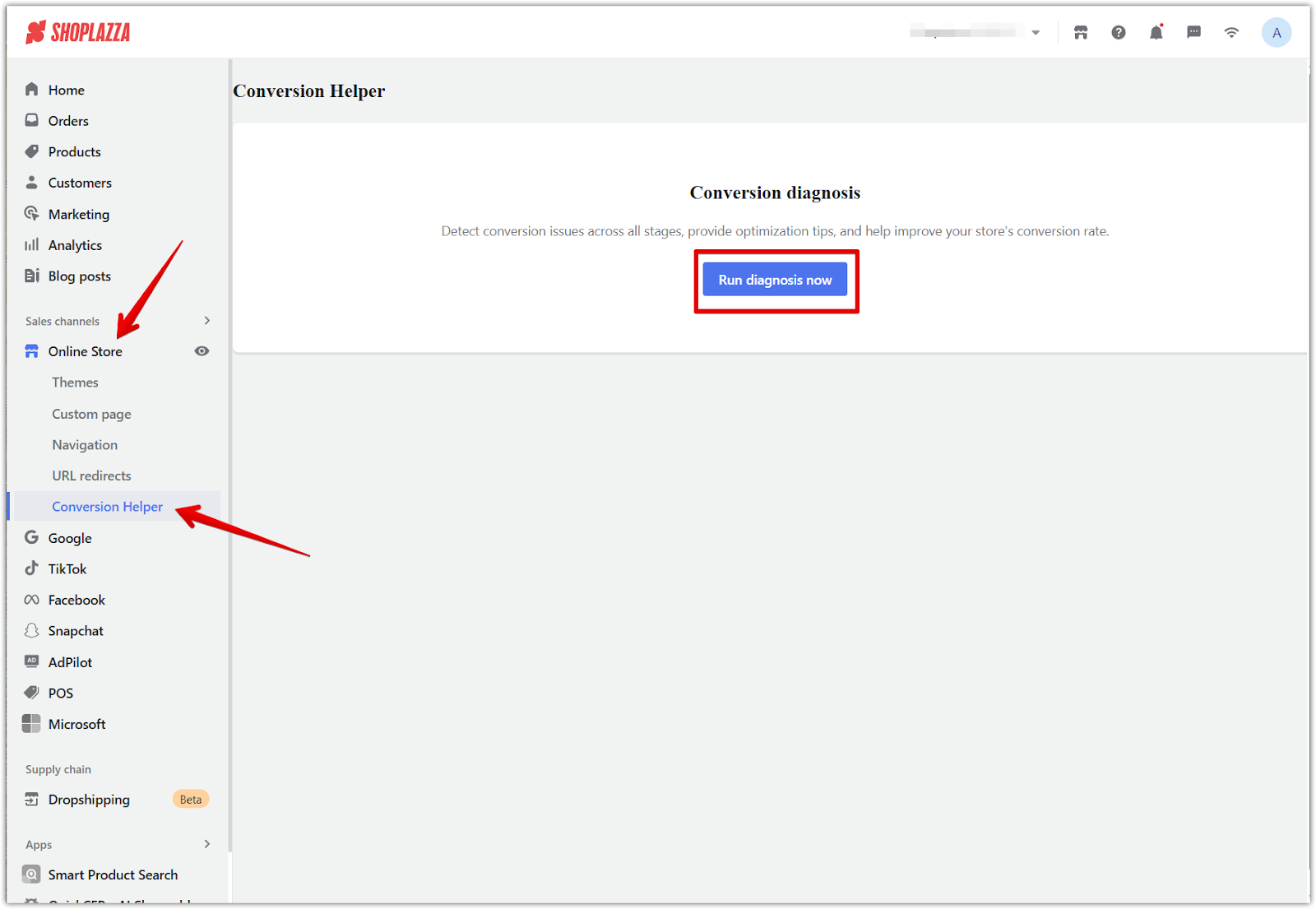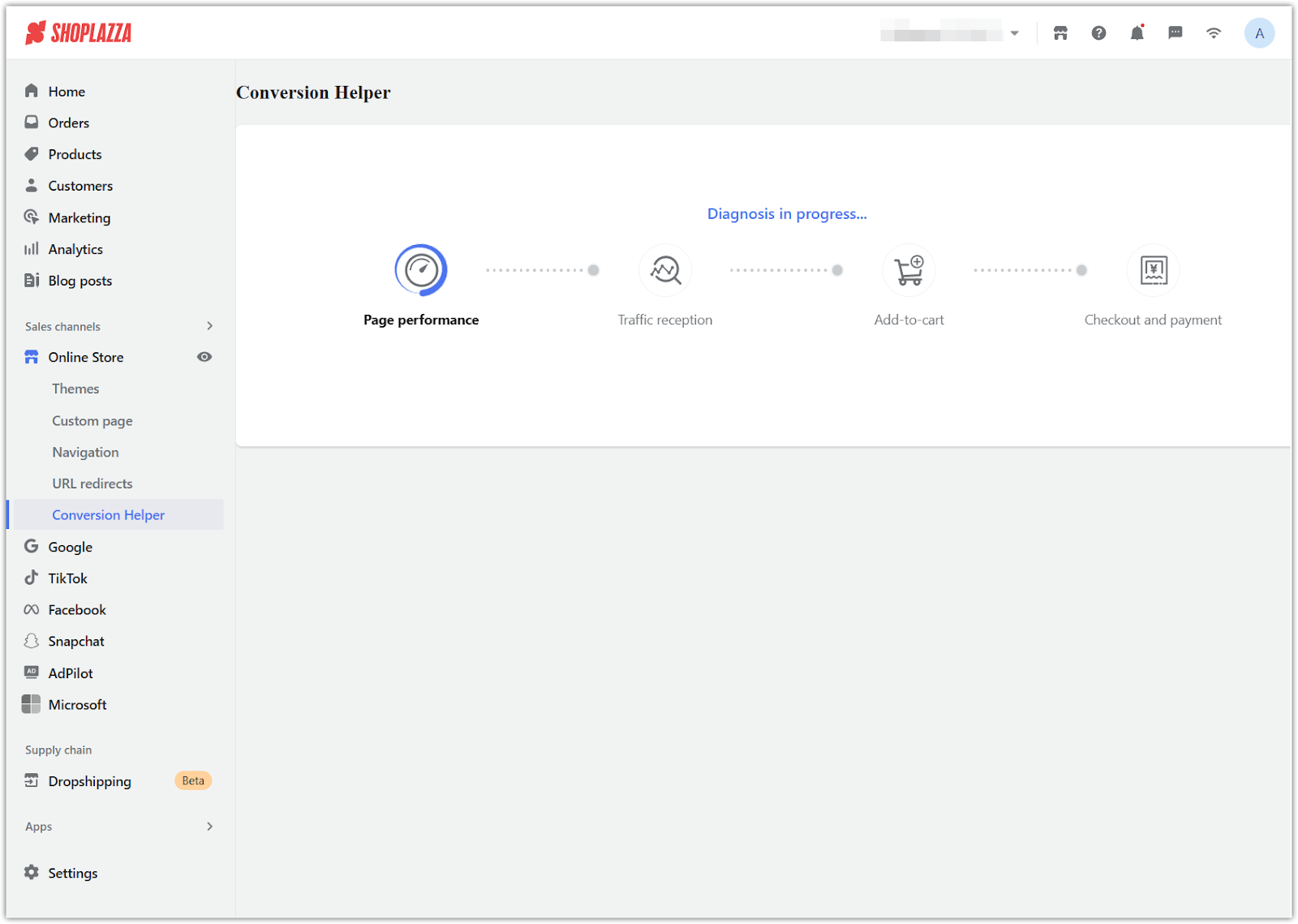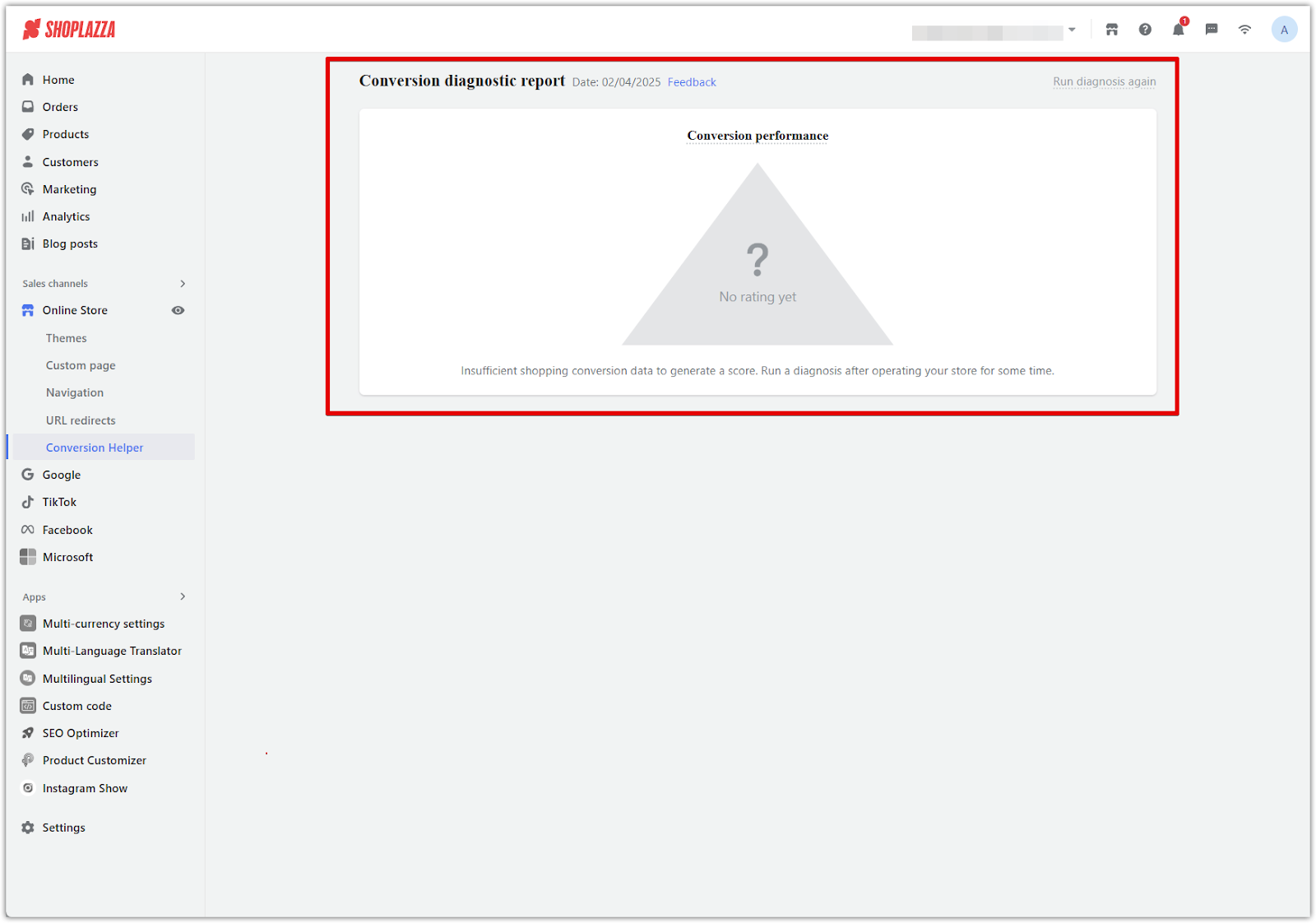Your conversion funnel is more than just a set of data points. It acts as a diagnostic tool to help you understand how well your business is functioning. By tracking each stage of the customer journey from the moment they visit your store to the point of purchase, you can pinpoint where friction occurs between people, products, and touchpoints. Keep in mind that a single drop in performance may reflect multiple overlapping issues. This guide helps you break down those variables and find actionable insights.
Finding where your funnel is losing conversions
To identify where issues are occurring in your conversion funnel, it’s helpful to analyze data from two perspectives: vertical and horizontal.
1. Vertical comparison: Spot behavioral trends over time. Compare current data with your store’s historical performance to detect patterns and anomalies. Look for correlations between conversion fluctuations and operational changes, such as campaign launches, layout updates, or pricing adjustments. For example, a drop in conversions might indicate that a recent promotion lacked appeal or that page updates negatively affected the customer experience.
2. Horizontal benchmarking: Understand your standing in the industry. Benchmarking your store against competitors or industry averages reveals where you might be falling short. Use this insight to identify areas for urgent improvement and ongoing optimization. For instance, if your promotions are not performing well, analyze how leading competitors structure their campaigns and use that information to refine your own.
Collaboration between people, products, and pages: causes of funnel drop-offs
Each step your customers take affects your overall conversion rate. When performance at a certain stage drops below the industry average, it usually points to issues like poor page design, unclear product value, or lack of trust. These problems often go unnoticed unless you look at how "people, products, and pages" interact at each stage.
To help you pinpoint weak areas, go to your Shoplazza Admin > Sales Channel > Online Store > Conversion Helper. This tool offers best practices and industry benchmarks tailored to your store’s performance.



Attribution table: Understanding what affects each funnel stage
Every stage of your eCommerce conversion funnel reflects how well people, products, and pages are working together. When customers drop off, the cause usually ties back to one or more of these three elements. Use the table below to help you diagnose issues based on where users are exiting the funnel. Then, review each drop-off area using the Conversion Helper to explore targeted solutions.
| Funnel stage | People | Products | Pages |
| Visit store → Add to cart |
|
|
|
|
|
|
|
|
|||
| Add to cart → Start checkout |
|
|
|
|
|
|
|
|
|||
| Start checkout → Complete order |
|
|
|
|
|
|
|
|
What to do after identifying funnel issues
Once you’ve used the Conversion Rate Assistant and attribution table to uncover weak spots, it’s time to take action. Start by prioritizing the issues, then create a clear plan to address them using the right tools and strategies.
1. Set priorities based on impact: Not every issue needs to be fixed at once. Group them into levels based on how much they affect conversions so you can use your time and resources effectively:
- Emergency items: These are urgent issues that directly block conversions, like broken checkout links or out-of-stock products that still appear available. Fix these right away to avoid losing sales.
- Key items: These are areas where your store falls behind the industry average, such as missing product reviews or unclear promotions. Focus on improving these next to boost overall performance.
- Experience items: These are minor details that enhance the user experience but don’t directly affect conversion. Examples include breadcrumb navigation or a more engaging store layout. Tackle these when you have extra time or resources.
2. Use the right tools for improvement: The attribution table outlines common scenarios, but your action plan should always reflect your store’s unique situation. Here are a few resources to guide your improvements:
- Visual upgrades: Learn how to improve your store layout and page experience with tips from the guide Conversion strategy | Doubling your rate through storefront design.
- App integrations: Discover useful tools in the guide Conversion strategy | Essential apps to double your website conversions to help with everything from trust-building to upselling.
Combine full-funnel tracking with thoughtful analysis to turn your conversion funnel into a powerful engine for growth. Focus on scanning performance across people, products, and pages, then apply precise fixes based on data. Over time, this creates a cycle of improvement that supports long-term success.



Comments
Please sign in to leave a comment.